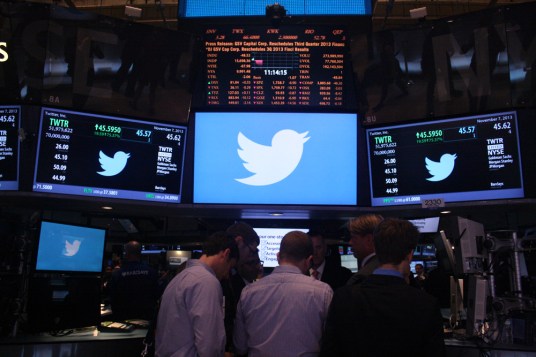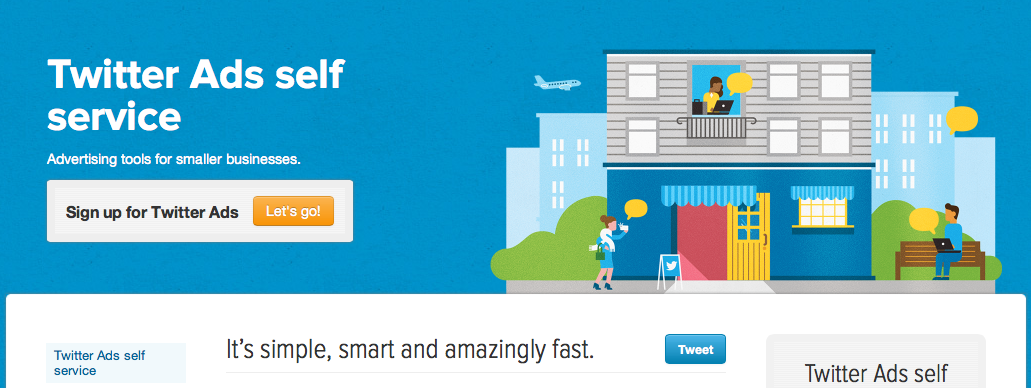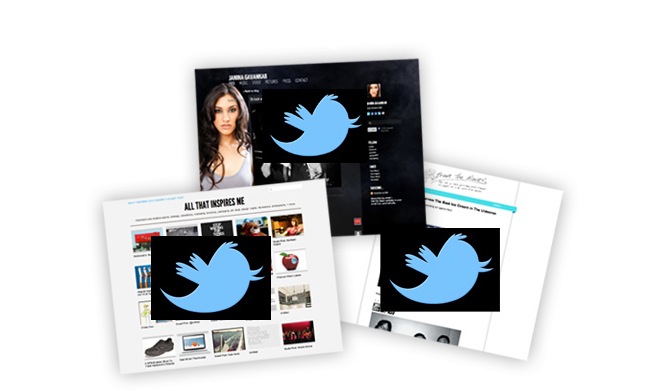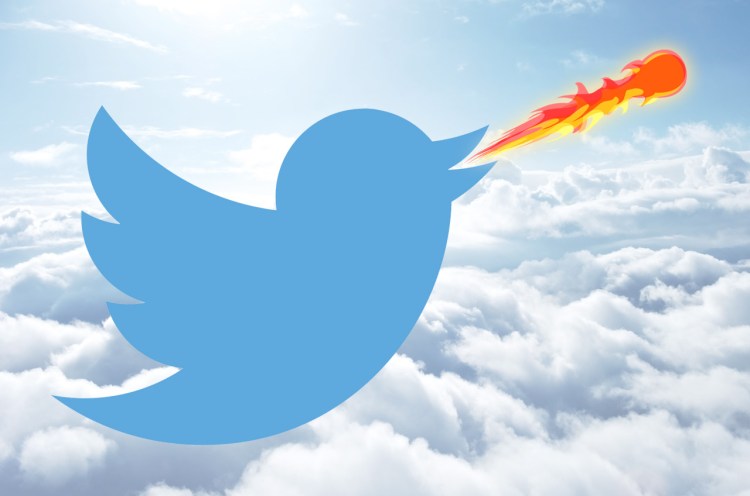After an action-packed year full of Vines, hacks, and acquisitions, Twitter is now a publicly traded company. That comes with some new responsibilities, like narrowing the massive gap between its revenues and its sky-high valuation.
Twitter has come a long way in the last seven years, building a community of 230 million monthly users and 2,300 employees, but it has a lot of work ahead of it to prove its long-term viability. Here’s how we see Twitter turning its little bird into a social dragon.
Trying to live up to its red-hot IPO

Twitter’s biggest news of the year fit into a 140-character message:
https://twitter.com/twitter/statuses/378261932148416512
On Nov. 7, Twitter debuted on the New York Stock Exchange under the symbol TWTR. At $26 per share, Twitter raised a bit less than $2 billion from the sale, narrowly surpassing Google to become second on the list of top Internet IPOs. Investors drove the price as high as $49 on opening day.
That day-one enthusiasm has just begun to fizzle. The stock soared past $70 per share in late December, pushing the company’s market capitalization past $40 billion — although it suffered a 13 percent drop on Dec. 27, which served as a much-needed dose of reality for the Twitter bulls.
Here’s the thing: Twitter’s fundamentals aren’t stellar. Its IPO paperwork revealed the company’s nearly $419 million deficit (as of June 30). It earned less than $500 million during the first three quarters of 2013, during which it lost $133.8 million. And worryingly for the company, its user growth is decelerating (from 10 percent growth in Q1 to 6 percent in Q3).
While investors are largely bullish on Twitter’s advertising potential, the company hasn’t done that much in the last few weeks to justify its wild stock run. It’s going to work hard in 2014 to substantiate investors’ confidence.
Goals numbers one, two, and three: revenues, user acquisition, and more revenues.
Blazing new trails in advertising

The evidence suggests Twitter’s primary focus in 2014 will be its advertising business. The company laid a lot of the groundwork this past year.
In February, the company released its Ads API — a big leap to actually earning some revenue — enabling agencies to buy and create ad campaigns on Twitter much more easily. It brought on more partners in June to appeal to enterprise-level customers.
It ratcheted up monetization efforts on other fronts, too, with new audience targeting tools and the full launch of its self-service ad platform. In early December, the company boasted that its retargeted promoted tweets led to 195 percent higher conversion rates.
Thanks to Twitter’s $350 million acquisition of MoPub in September, the company will begin to advertise outside its own properties. The power users who access Twitter from third-party sources (roughly 20 percent) are worth more than Twitter’s regular audience as they’re more tapped into social and tend to have larger followings. Right now, Twitter isn’t serving them any ads, but expect that to change in the coming year.
We also anticipate more partnerships like those with media giants Starcom and WPP, which will net Twitter around $270 million combined. We might even begin to see some video ads pop up on Vine, the social video platform Twitter launched in January 2013.
Focusing on that other screen

Twitter is not competing with TV, said CEO Dick Costolo in May — it’s complementary. In 2014, expect to see Twitter focus more on television, a term mentioned more than 40 times in the company’s IPO paperwork.
Basically, the company wants a slice of the $70 billion TV ad market. It’s already working with organizations like Viacom, A&E, Bloomberg as part of the “Twitter Amplify” program to generate more engagement about their content and drive viewers to their programs. Amplify partners such as Turner Sports and the NCAA offer real-time highlights of the best action via tweets, and the NBA has offered free instant replays in tweets.
There’ll be plenty more second-screen action (and partnerships) in the coming year. Nielsen’s assertion that Twitter buzz and TV ratings are correlated certainly won’t hurt.
Hitting the acquisition warpath

The $1.8 billion Twitter raised in its IPO is not going to collect dust. The company is ready to go on the acquisition warpath.
Twitter made some major acquisitions last year. The most notable was MoPub, the mobile ad exchange it scooped up for $350 million in stock. But there were plenty of others: social TV analytics startup Bluefin Labs, large-scale computing startup Ubalo, and real-time TV data firm Trendrr, among others.
So what (or who) is the company going to snap up next? We don’t know exactly, but obviously ad tech companies are on the list. It’s also demonstrated a healthy appetite for analytics firms, particularly those that tie television or music ad metrics to digital ads on Twitter. And although Twitter’s #Music app was a disappointment, it’s unlikely that’ll stem its desire to enter the music industry — acquisitions in the music space seem reasonable.
Whatever it ends up buying, Twitter is likely to be one of 2014’s leaders in private acquisitions.
Buttoning up its security

Hackers broke into a number of high-profile Twitter accounts this past year.
The Syrian Electronic Army claimed responsibility for intrusions into the Twitter accounts of media organizations such as the Associated Press, Thomson Reuters, and NPR and programs like 60 Minutes. Meanwhile, major brands like Jeep and Burger King suffered intrusions of their own (no, you can’t buy Big Macs and bath salts from Burger King).
The microblogging platform reacted by implementing two-factor authentication and DMARC email authentication, but it acknowledged in its IPO paperwork that hacks remain a risk going forward.
“We experience cyberattacks of varying degrees on a regular basis, and as a result, unauthorized parties have obtained, and may in the future obtain, access to our data or our users’ or advertisers’ data,” the company wrote.
Obviously, Twitter is going to do everything in its power to prevent that from happening with ramped up security efforts next year.
Twitter is also cognizant of its position as a global communications platform. The company knows it could run afoul of domestic and foreign laws, which could affect user and investor trust down the line. It’s seeking to head off some of that potential wariness with its support of the Reform Government Surveillance coalition, joining companies like Google, Microsoft, and Facebook in decrying intrusive spying tactics.
Staying in the red

It’s unlikely Twitter will see a profit in 2014.
The company is expected to bring in around $950 million in revenue next year as its ad business matures, though many analysts believe it’ll continue to spend heavily in order to scale and compete with other social networks. Folks hoping to see Twitter in the black may not get their wish.
What they can expect is a media-rich feed with more room for pictures, videos, links, and ecommerce features — anything that will earn Twitter some cash. Because, ultimately, that’s what Twitter’s coming year is all about: money.


